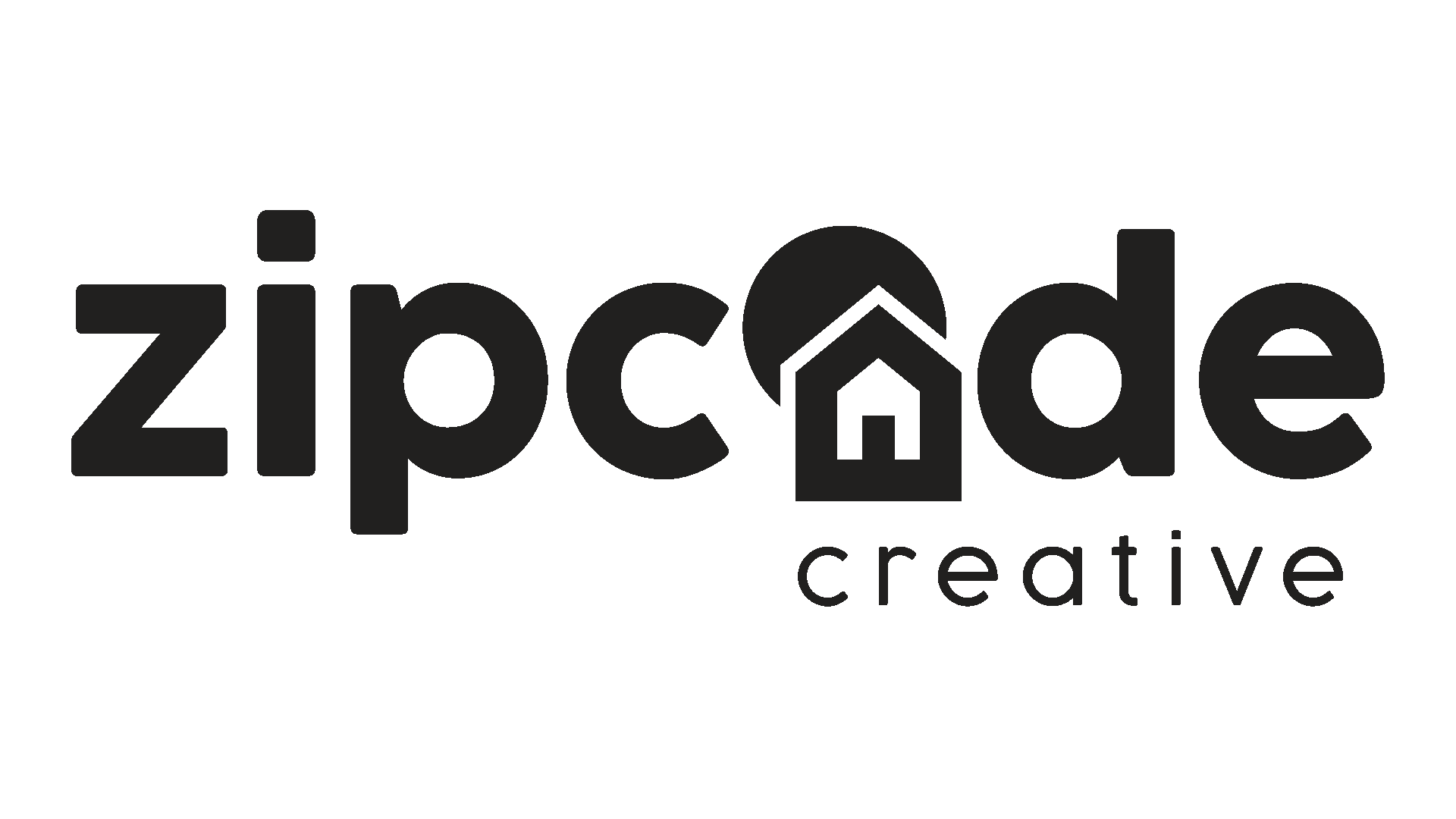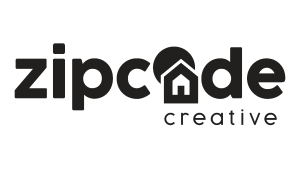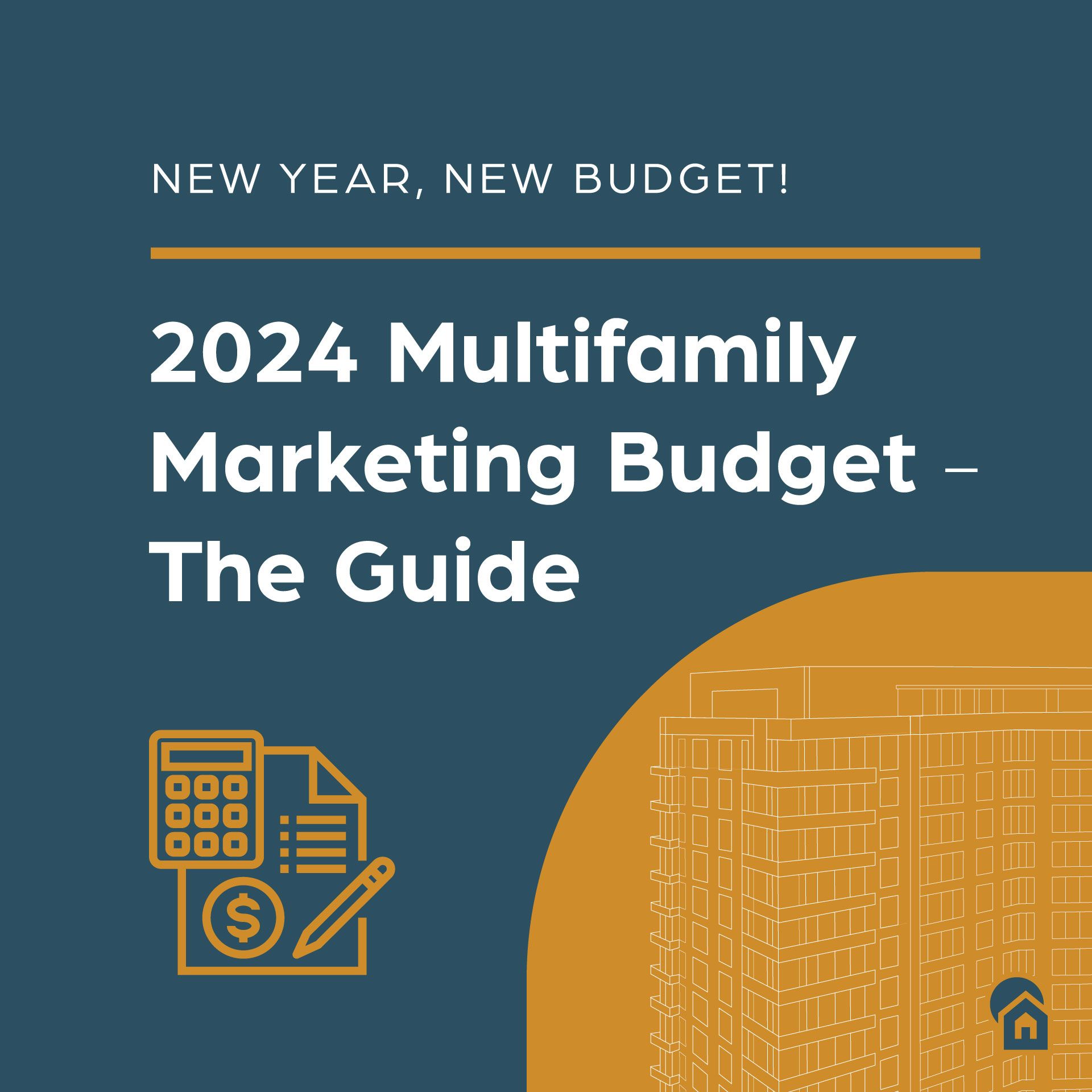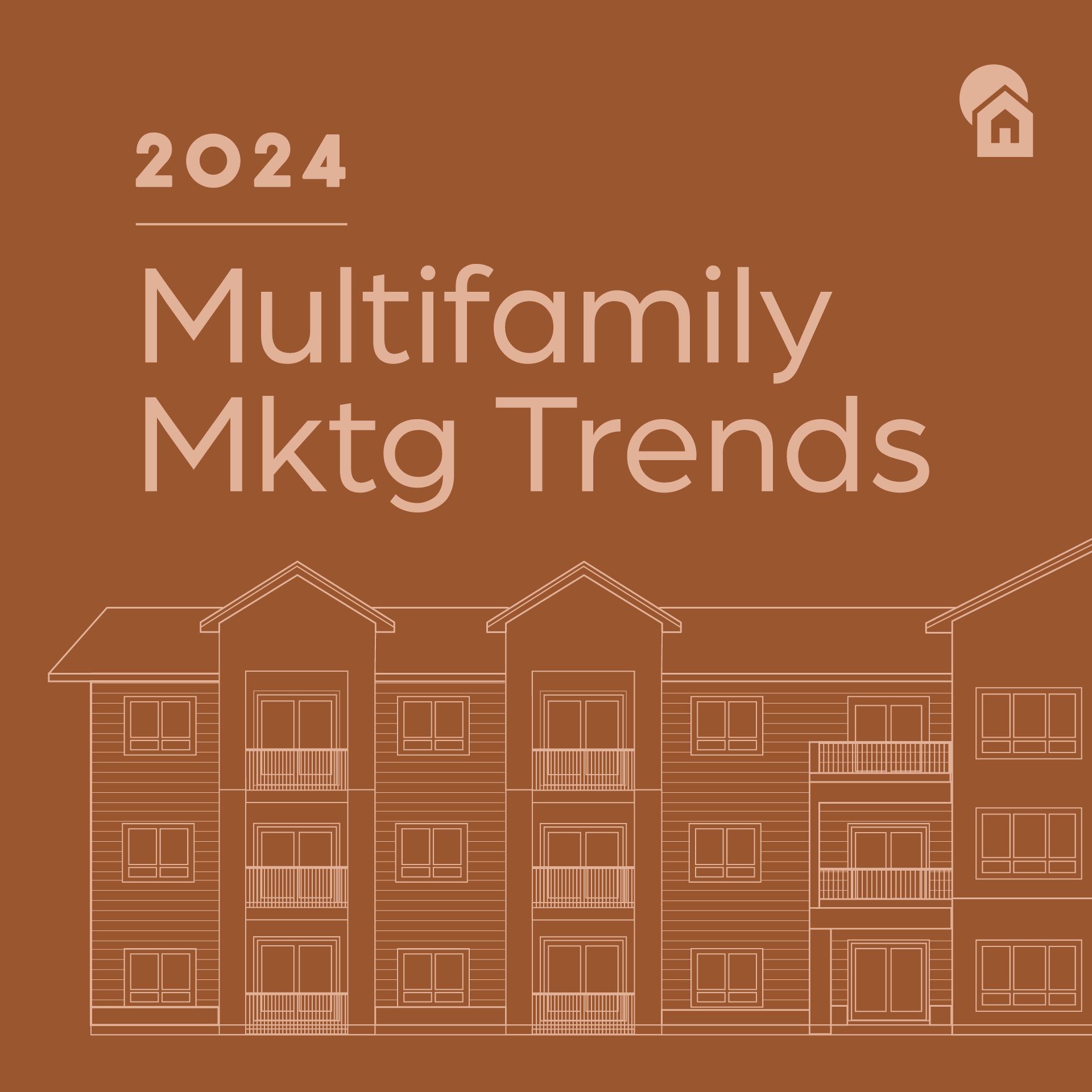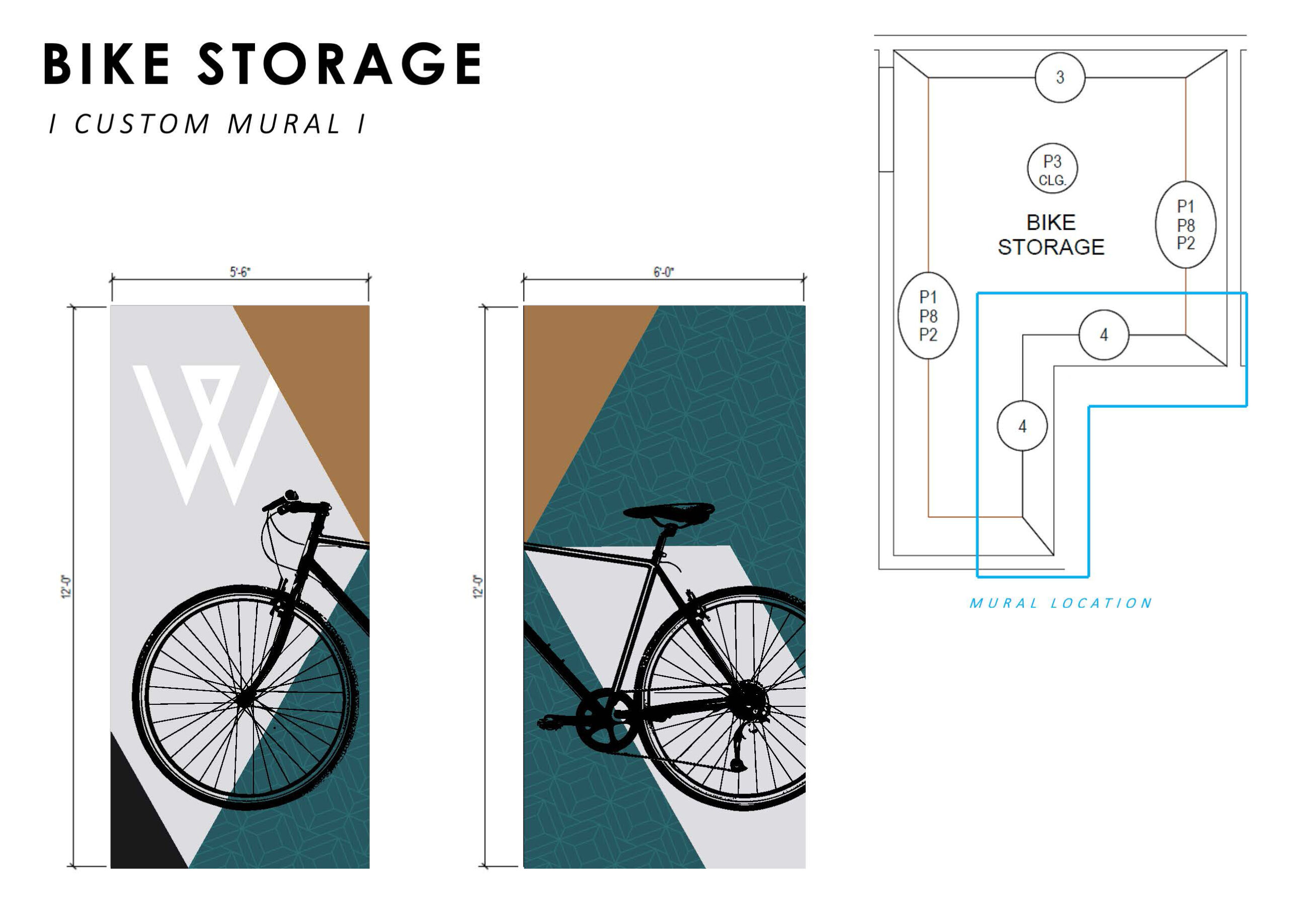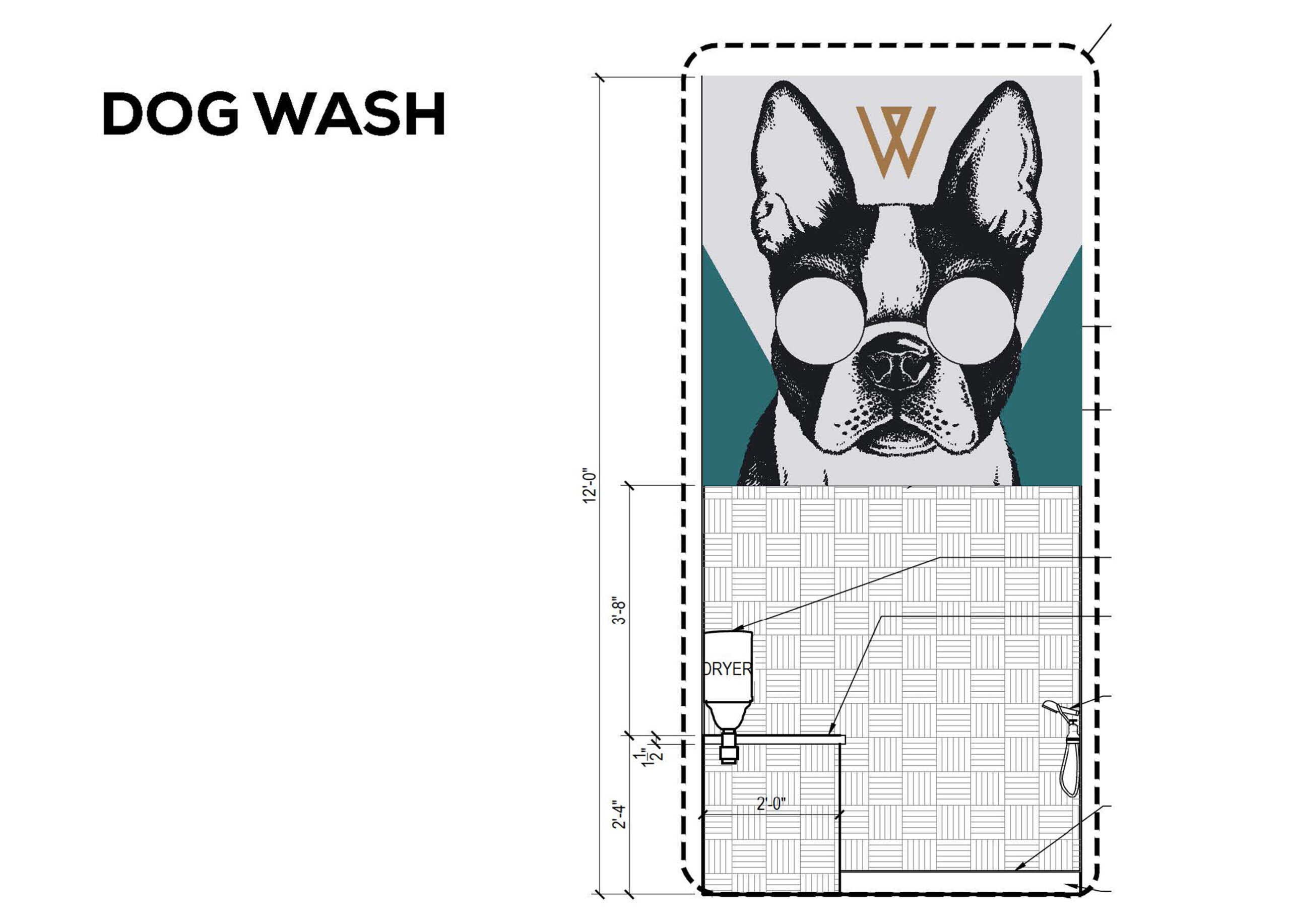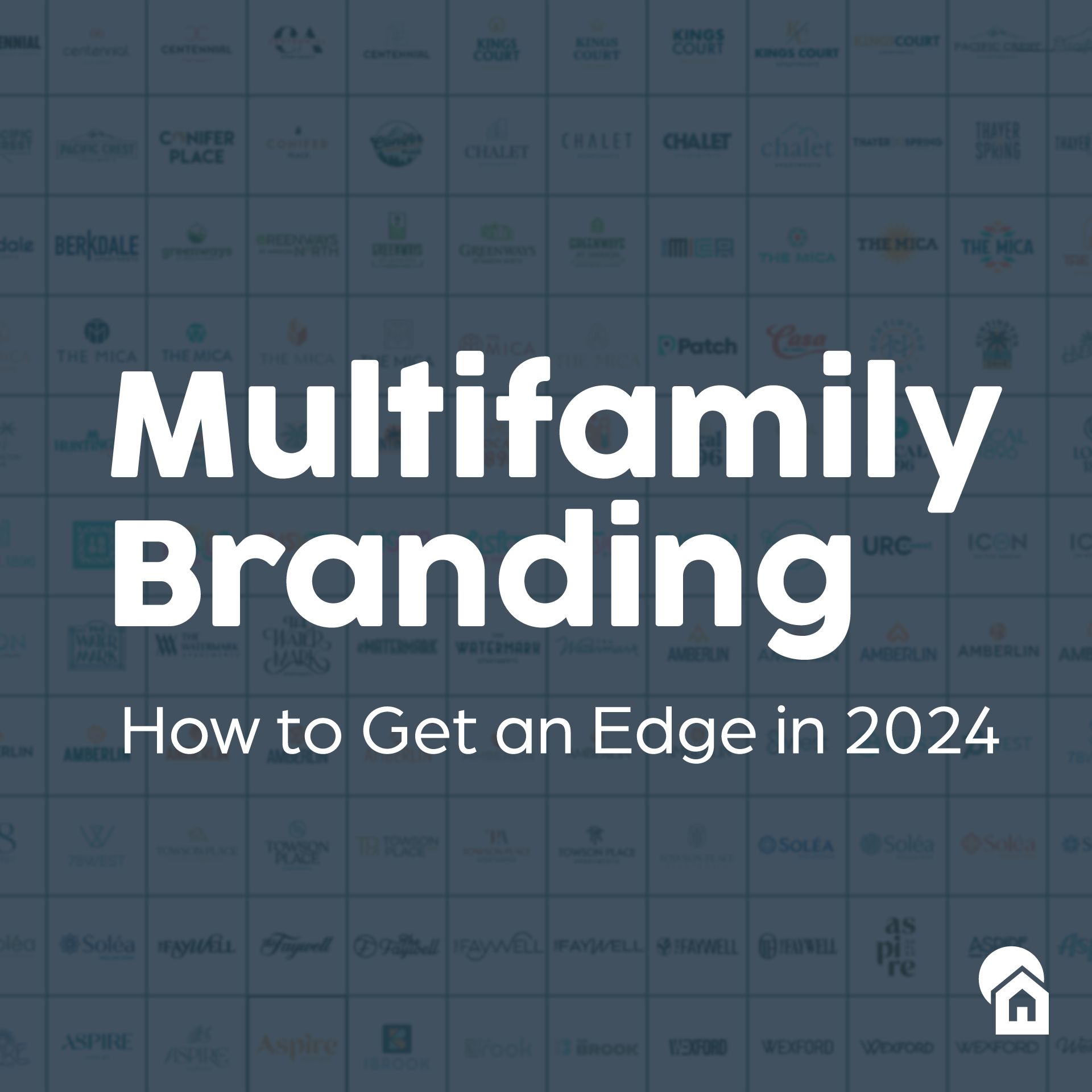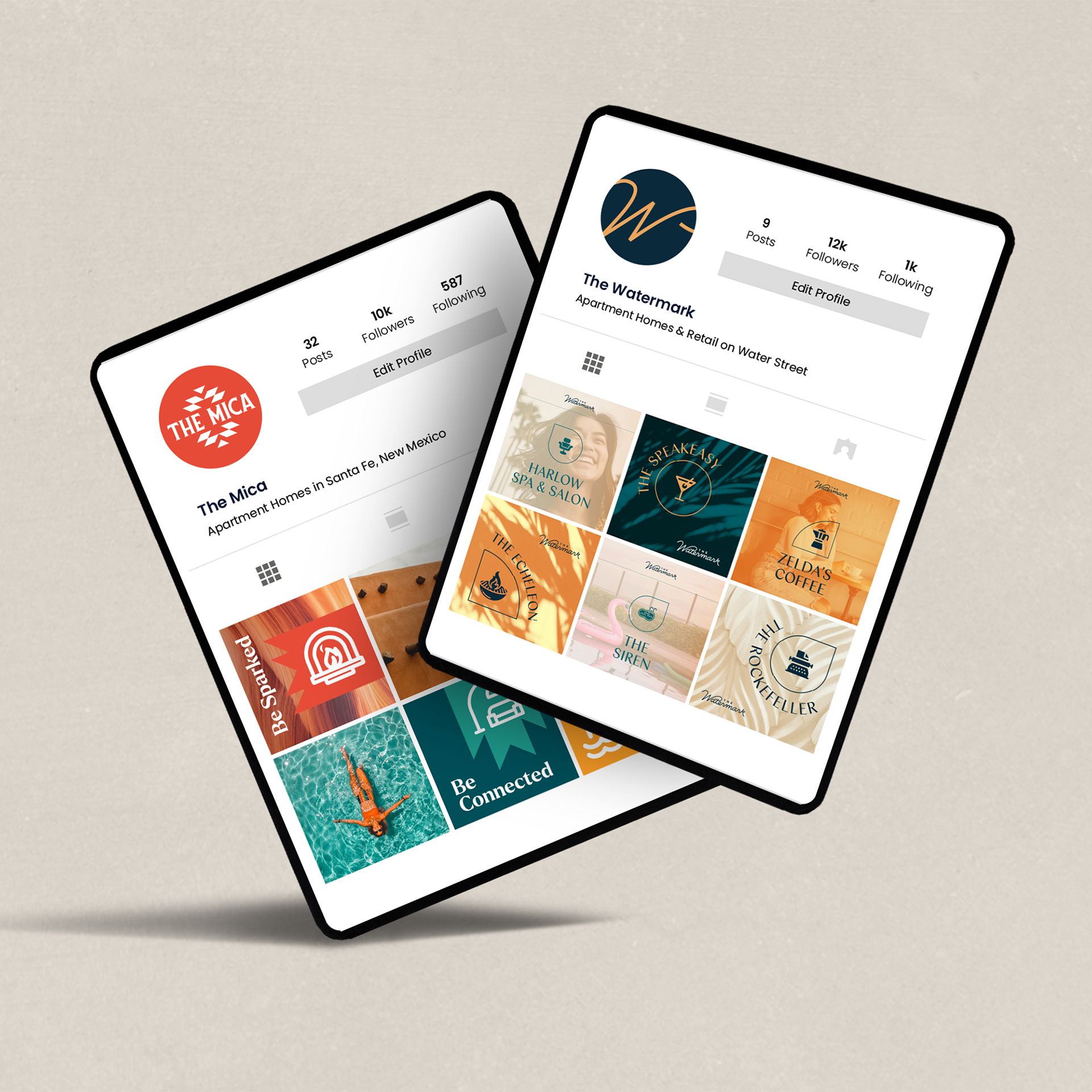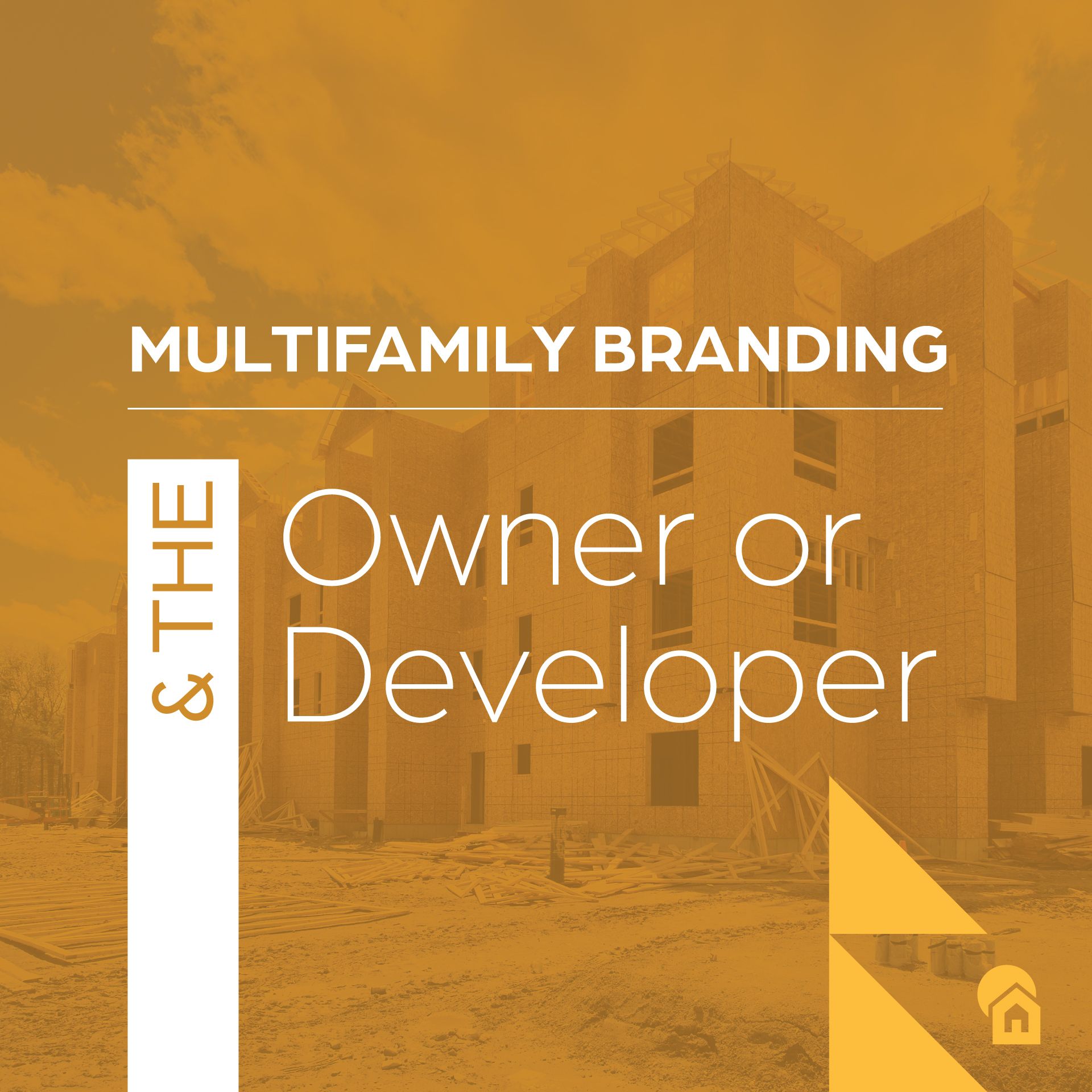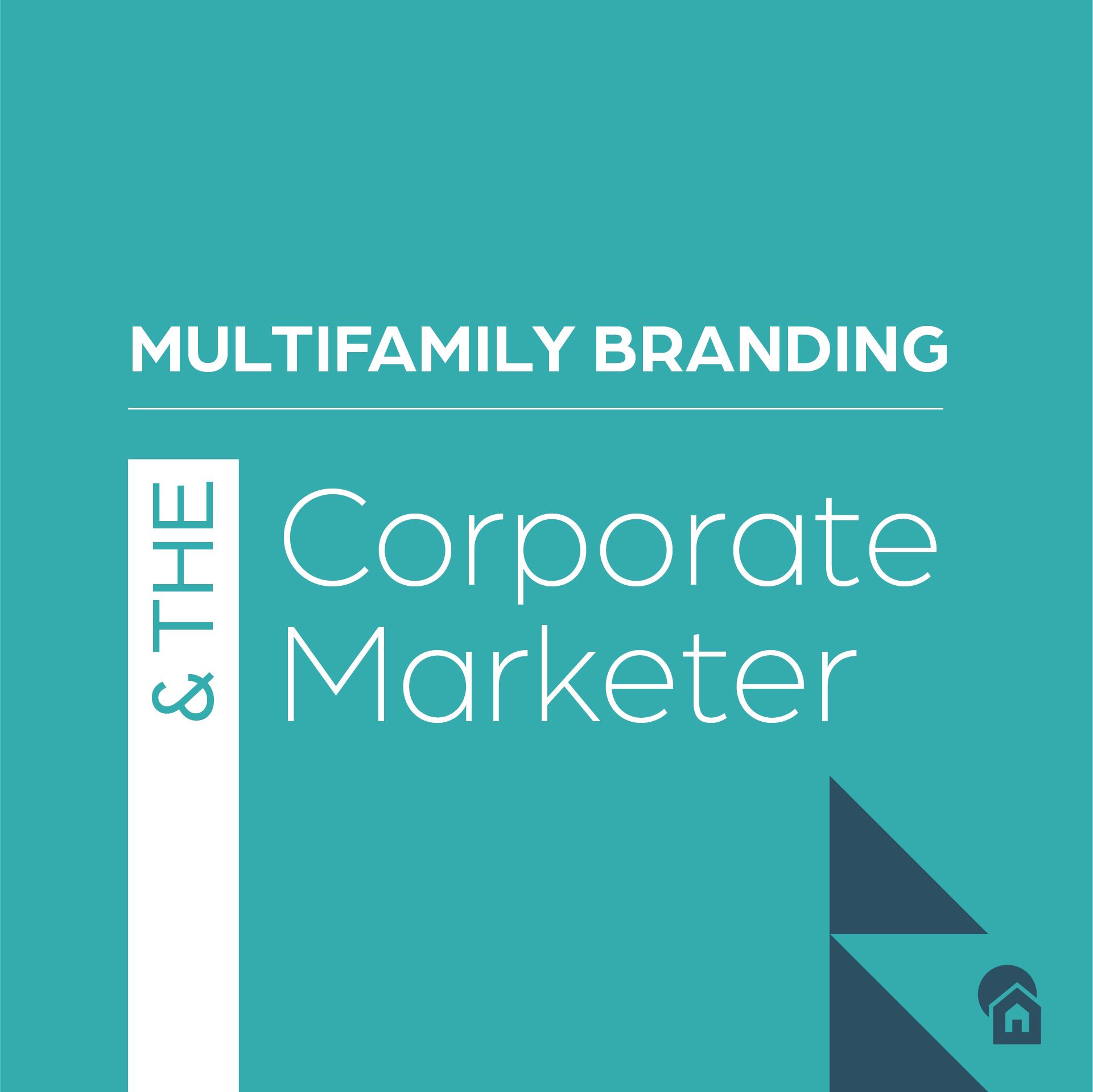2024 Multifamily Marketing Budget – The Creative Guide
New Year, New Budget!
Peace out, 2023. Same with last year’s budget? That’s in the rear view mirror, too.
But the lessons you learned from last year’s budget and spending and results…should be front and center as you prepare for spending for multifamily marketing in 2024.
With a new year comes a new budget. Can’t you just smell it? First off, you got through another budget review season. Congrats. It’s approved and you know what to do next. Right?
First, you’ve got to take a look at your goals. What creative endeavors are you tackling first for your apartment brands?
We’d like to make a few simple suggestions.
1) Better branding for multifamily.
2) More branding for multifamily.
Basically…increase quality and quantity—they’re not mutually exclusive.) Especially now that you have the money to spend in 2024!
How to Spend Your 2024 Multifamily Marketing Budget
Think bigger, think better. Your branding has to be up to snuff and catch up with your competition this year (and with the ever-changing technology around us). You won’t see growth in your leasing rates unless you address your out-of-date logos and inconsistent brand. Perhaps you’ve got some branding under your belt—you could always do more. Keep sharpening and keep growing.

BETTER BRANDING
Our first bit of advice around your apartment brand: Make it personable, relatable, imaginative, and innovative.
Our second? Hire professionals. Especially the ones that know multifamily inside and out—Zipcode Creative has been at this for years, and is ready to help you with any multifamily project, of any size.
MORE BRANDING
Logo? That’s not all!
Don’t rely on your logo to do it all. Your logo is one piece. An important piece, but not the end all, be all. There’s plenty a logo won’t do—it won’t capture attention, increase engagement, and it certainly won’t lease up more units…on its own.
Think bigger.
Add brand identity.
Add brand messaging.
Add brand-cohesive copy.
And how does your role fit into this “more branding” idea? Read about your branding responsibilities broken down by role:
BRAND VOICE
Find your apartment brand voice and use it everywhere you can.
What’s Your Brand Voice?
Is it serious? Playful? Mature? Young? Does it make jokes every chance it gets? Hire a professional to help you both develop this brand voice and make it shine in every bit of copy you (or they) create. When you craft the perception of your brand through your words (and tell people who you are by what you say) you can start building up your brand in their minds. They’ll be thinking about you—finally.

Your 2024 Vision Board
Do you ever miss those inspirational posters that were highly popular in the 90s? Do we even dare to tell you to “Be the bridge” and “Strive for excellence”? Get beyond the black and white words and the cheesy photo and begin to envision what your year could look like. Think about the results you could create with a little more calculated effort AND with your 2024 multifamily marketing budget at the ready
On our vision board…for you, we are seeing:
Websites
Whether you go fully custom or use templates is totally up to you. Even though you could choose either option, make them work well for you by maintaining brand consistency with your color palette, fonts, and brand voice.
Your website is your digital domain; it’s where the newest leads will look for your community, searching for the information they need—availability, interior renderings or photos, and contact information. Make sure it looks and sounds like you—and attracts rather than deters.
Using website templates for your multifamily community isn’t all bad. Templates aren’t perfect, though. Boost your template usage with better branding. Make sure your color palette is accurate and used throughout, creatively. Ensure your fonts are populating the way you expect. Add in a little more about your team or about your management company to give a fuller view of your company from the inside out.
Better Copy
Step one: Get all the good words. Step two: Use the good words. If only!
With your brand voice settled, now you can spin the threads of your community with one engaging idea after another. Why you exist—what you offer—what issues you solve for your residents. Getting professional help with copywriting for apartments will help everything go more smoothly, too.
Video Marketing
Video content helps increase engagement on social media. According to LinkedIn, videos on social media are shared 1200% more than text and image posts. So: Don’t sleep on it. It’s among our favorite trend predictions for multifamily marketing in 2024, and it could help boost your views on instagram or facebook!
Keep in mind while you’re creating:
1) Know “why” you’re making the video. (what’s the point?) Is it education, entertainment, or broader engagement?
2) Know the desired length of your video.
3) Have a plan that details your point, the length, and what should show up in the video.
Ensure your video is accessible, relatable and clear, and you’ll be well on your way to crafting a video marketing strategy that will help secure more leases.
(See also our blog post about apartment brand social media strategies here.)
Now that your 2024 multifamily marketing budget is set and ready to go, advocate for better (and more) branding. This is the best time of the year to do it! Whatever your setting your sights on for 2024, ensure your multifamily brand is ready to take it all on.
